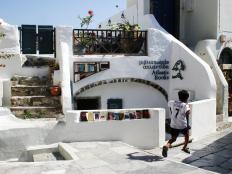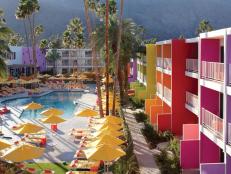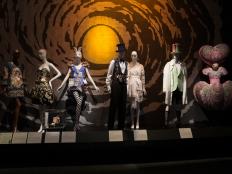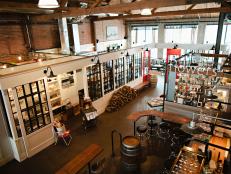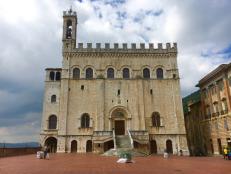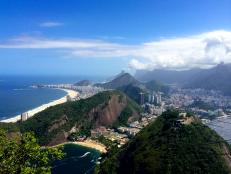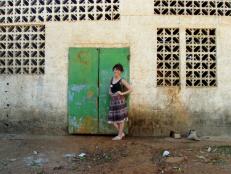Cuba’s Car Culture: A Visual Dream Tour for Auto Buffs
Most vintage car enthusiasts have a dream car. It could be a 1949 Buick Super Convertible or a 1958 Porsche 356 Carrera or maybe a 1957 Austin-Healey 100-4 BN4. And if the model was made before 1960, you can probably still see it cruising the streets in Cuba. Why? Because once the Cuban Revolution ended with President Fulgencio Batista being overthrown and replaced by revolutionary leader Fidel Castro, an embargo went into effect with no further trade allowed between the U.S. and Cuba.
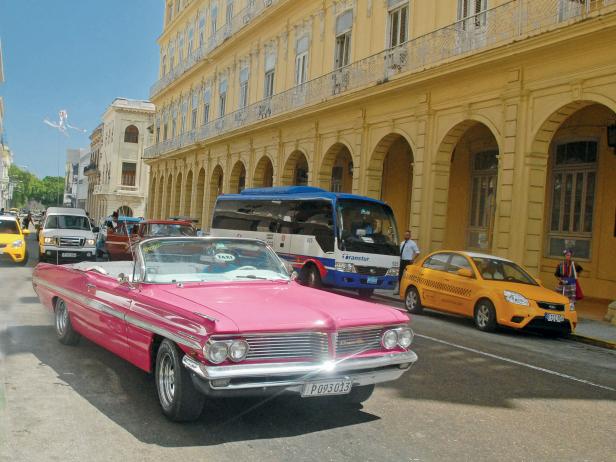
Bill Warner
Most car owners in Cuba at that time had American cars which meant they were no longer able to buy replacement parts or purchase new cars from the U.S. The embargo is still currently in effect but since 1959 Cuban car owners have figured out a way to keep them operational and, in some cases, perform their own restorations through creative ingenuity.

Bill Warner
Cuba’s Car Culture: Celebrating the Island’s Automotive Love Affair, published by Motorbooks last fall, is a lavishly illustrated photo history of the country’s car culture from author Tom Cotter and photographer Bill Warner. Looking through the book’s pages, you’ll see a culture frozen in time in terms of modern technology and conveniences but for vintage car buffs, you’ll see a fantasyland of cars, everything from a Ford Model T to Ernest Hemingway’s 1955 Chrysler convertible.
You’ll also learn fascinating historical trivia about Cuban car culture such as what models Fidel Castro and Che Guevara drove during the revolution and the type of cars from other Communist countries that were not uncommon on the roads - Volgas from Russia, Cherys from China and Polskis from Poland.
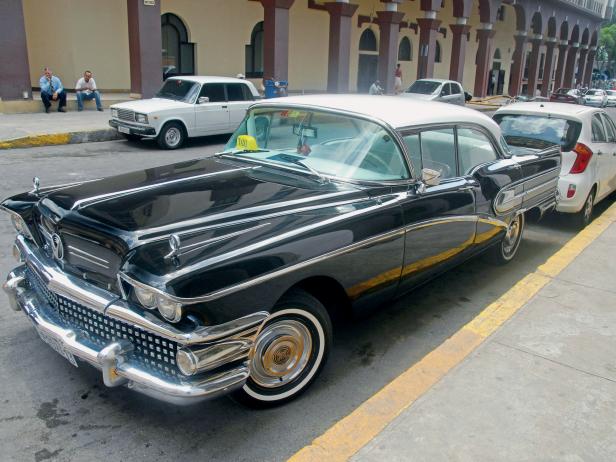
Bill Warner
Several vintage cars are still maintained and driven by local taxi companies like the above 1958 black Buick four-top hardtop.

Bill Warner
Before the embargo, car races were a popular part of Cuban culture as evidenced by this 1955 poster designed for the 1957 Grand Prix of Cuba by artist Charlie Zito.
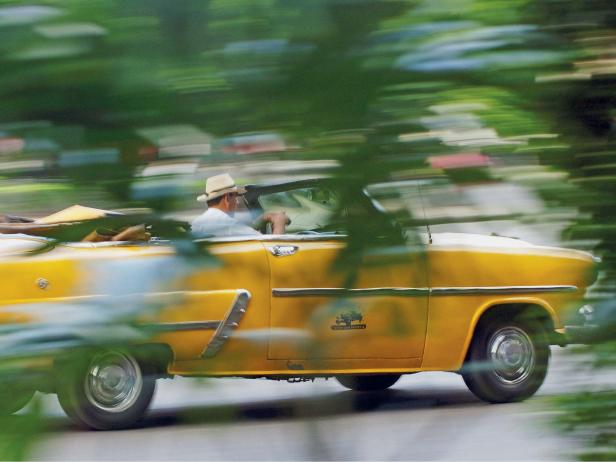
Bill Warner
Tom Cotter and Bill Warner have been work associates and racing buddies since the late '80s when they first collaborated on a NASCAR story for Road & Track; at the time Cotter was the PR director at Charlotte Motor Speedway and Warner was a photographer for Road & Track. Their joint venture, Cuba’s Car Culture, began in 2009 and they have been fortunate to visit the country for extended lengths of time for research (Cuba was closed to U.S. tourists unless they got special permission for educational purposes through the country’s cultural exchange).
If you are lucky enough to visit Cuba, there are plenty of other sights and attractions to captivate you besides vintage cars. In Havana, Cotter notes that “there is a flea market in a big warehouse that is open daily. You can go there and eat and buy souvenirs like paintings, old Cuban license plates and cool stuff you can bring home. The historic district is really nice, safe and very walkable. There’s also a pretty good car museum in Havana.”
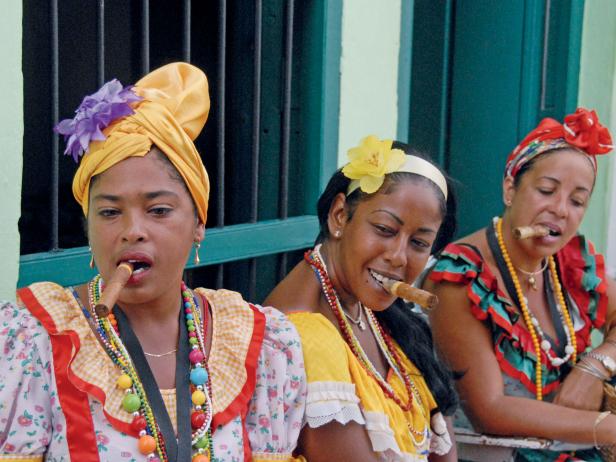
Bill Warner
Cotter also recommends The Revolution Museum and “a famous restaurant called The Floridita which is where Ernest Hemingway used to hang out and drink mojitos. You can also go to Hemingway’s house which is beautifully restored. Soon you’ll be able to see his Chrysler 300 convertible which is being restored and funded by David Soul who was Hutch on the TV series, Starsky and Hutch,” says Cotter.

